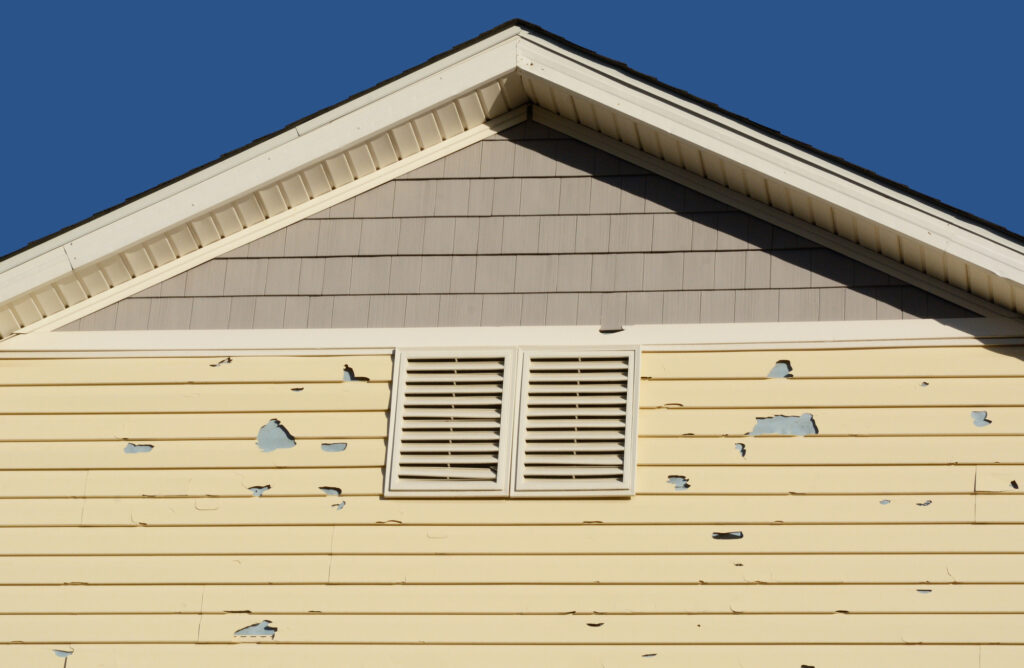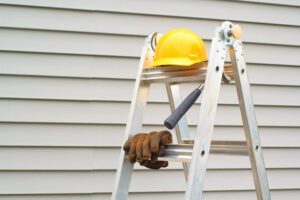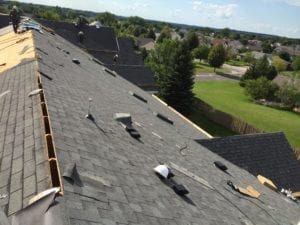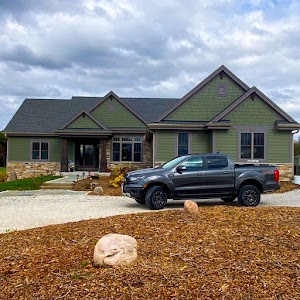Your home is the biggest investment you’ll make in your lifetime. You want to keep it safe, protected from the elements, and in as up-to-date shape as possible.
Your roof and your siding are the two structural elements of your home that will cost you the most to replace. They also last longer than just about any other element of your home.
But how do you know when it is time to replace vinyl siding on a home? After all, isn’t vinyl siding supposed to last forever?
Keep reading to learn about when to replace vinyl siding.
It’s Old
We all like to think siding will last a lifetime, especially when we first pay for new siding. However, on average, siding only lasts 10 to 20 years. If you’ve managed to milk yours for an additional 10 to 20 years, it’s time to let it go.
Vinyl siding is rated for high temperatures, usually up to 160 degrees before it begins to soften. So the sides of your home that receive the most direct heat will wear out first.
Furthermore, siding has changed in the past twenty years. You can find better siding today thanks to improved engineering and manufacturing practices. The vinyl siding came out in the 1950s as a replacement for metal siding.
It quickly gained a bad reputation for sagging. However, engineers have greatly improved siding since that time. Today you can purchase insulated siding that gives you hope for more energy savings.
You know when to replace vinyl siding on a home when you begin to do the math and realize your siding saw the twentieth century.
Your Siding is Damaged
Damaged siding is a surefire sign of how to know when to replace vinyl siding. If your siding has sustained significant damage and is cracked or chipped, it’s time to let it go.
If your home has endured a hailstorm, then your siding has most likely sustained significant damage. Even small holes in your siding compromise its effectiveness.
When you ignore damaged siding with cracks and holes, then you’re allowing moisture to infiltrate the siding and your home. After time passes, that moisture can cause even more damage such as mold and even rotting.
Your dream home will turn into a nightmare when you have mold growing in the walls. Mold in your framework and insulation can cause all kinds of long-term health problems, all because you did not replace damaged siding.
Your Siding Leaks
Siding can look whole but still leak. You will know the answer immediately to the question, “when is it time to replace vinyl siding” when you begin to see signs of leaking such as soft sheetrock on the inside of your home, moldy smells, and obvious wetness running down the interior wall.
If your siding leaks so badly that moisture is getting in your home, it’s time to start looking at different types of vinyl siding.
You Want to See Energy Savings
If you have old siding, you can boost your energy savings by installing new, insulated siding. Furthermore, if your old siding is on an uninsulated wood-frame wall, you can add the necessary insulation to create a much snugger home.
The thickness and quality of siding break down over time. After years of harsh sun, rain, snow, and ice, vinyl naturally begins to break down. It thins out and becomes brittle.
New vinyl siding will have the necessary engineering to properly insulate your house and boost your energy savings.
Your Siding Has Melted
Most siding is rated to a temperature of 160 degrees. Thus, it should withstand just about every warm environment in the world.
It will not, however, withstand the heat of your grill. Many barbecue grills will heat up to over 500 degrees. Thus, experts recommend grilling at least 10 feet away from your home.
If you fire up your grill too near your home, it will melt your siding. If this has happened, you’ve compromised the effectiveness of your siding and need to replace it with new vinyl siding.
Your Siding Is Moldy
Has your siding begun to develop mold? If you notice brown or gray spots or streaks on your siding, you can power wash the siding to eliminate the exterior mold and mildew.
However, when you wash your siding, moisture will inevitably get beneath the siding. This will lead to mold on the interior of the siding. Either way, consider replacing your vinyl siding when you see significant amounts of mold and mildew.
Your Siding Has Bug Damage
Vinyl siding effectively protects your home from all kinds of elements and bugs. When your siding has any sort of breach, it can also quickly become home to unwanted visitors.
Small holes indicate that insects like ants, bees, earwigs, and even termites have made their way into your siding. If you suspect a bug problem, first call an exterminator. If you have significant amounts of damage, start shopping for new siding.
What About Paint?
After looking at new vinyl siding, you may just wonder when to replace vinyl siding paint. If your vinyl siding is looking a little dingy, you can always opt to paint it.
However, the paint will not fix damaged siding that is compromising energy efficiency. Paint will also not keep bugs away or fix any holes in your siding. So if you’re living with damaged or old siding, replace it.
Decide Today When to Replace Vinyl Siding
These basic signs indicate when to replace vinyl siding. If you’ve noticed compromised siding, start shopping around. New vinyl siding will give your home that brand-new look and protect it from the elements.
If you’re in need of new siding or just want an estimate, contact us. We have all kinds of roofing and siding experience and would love to help bring your home back to life.







